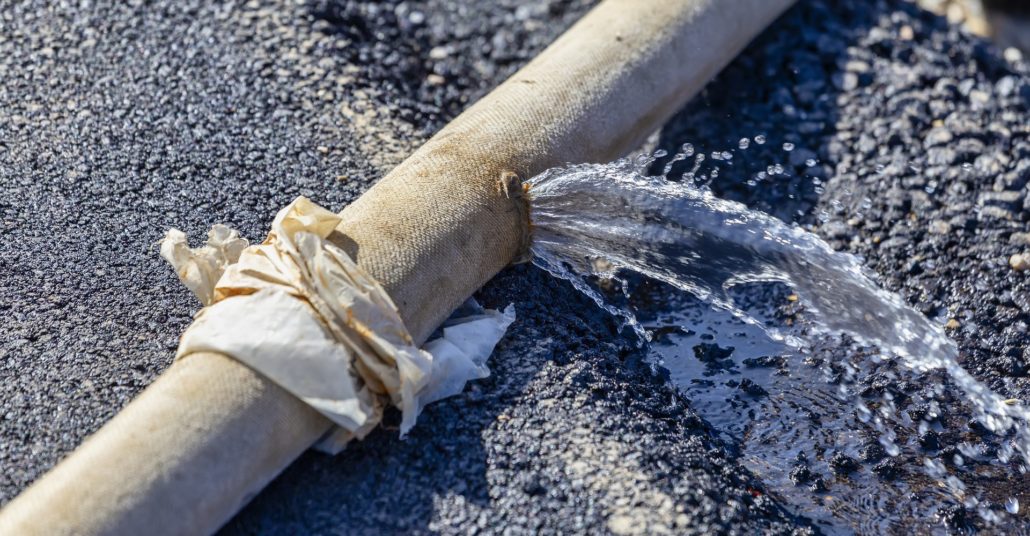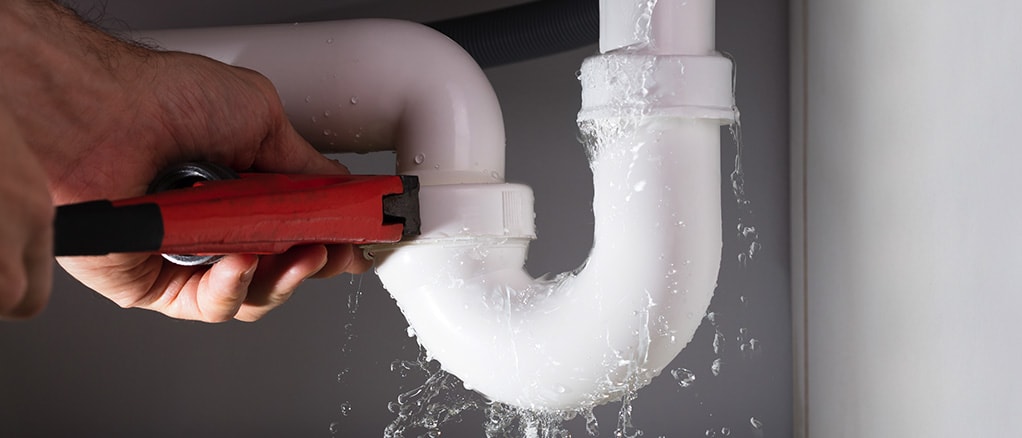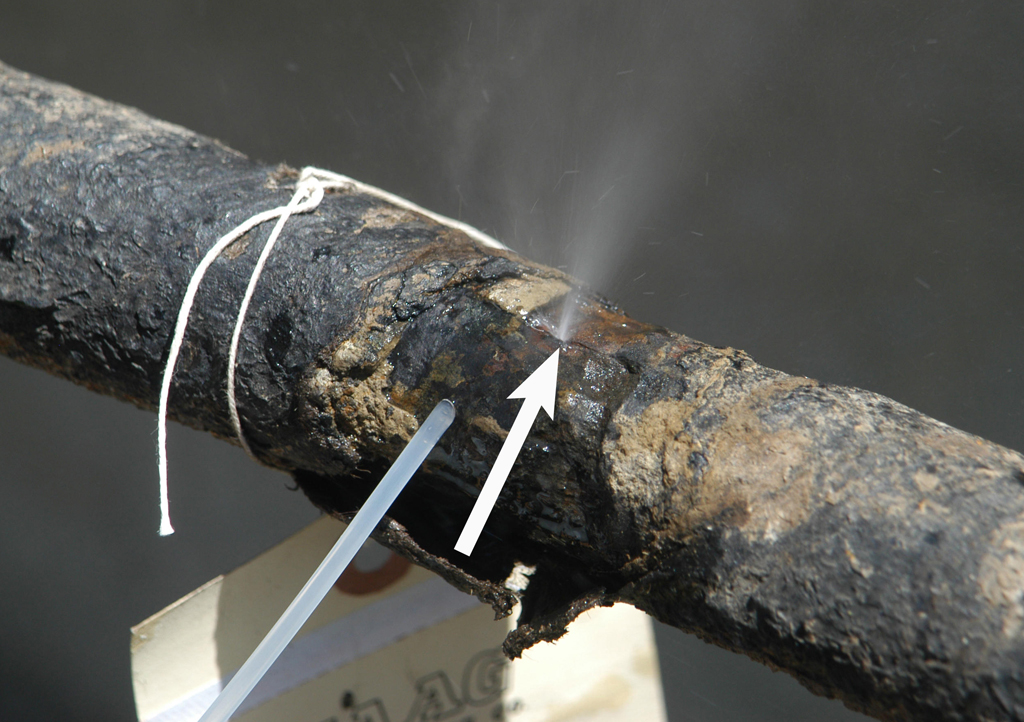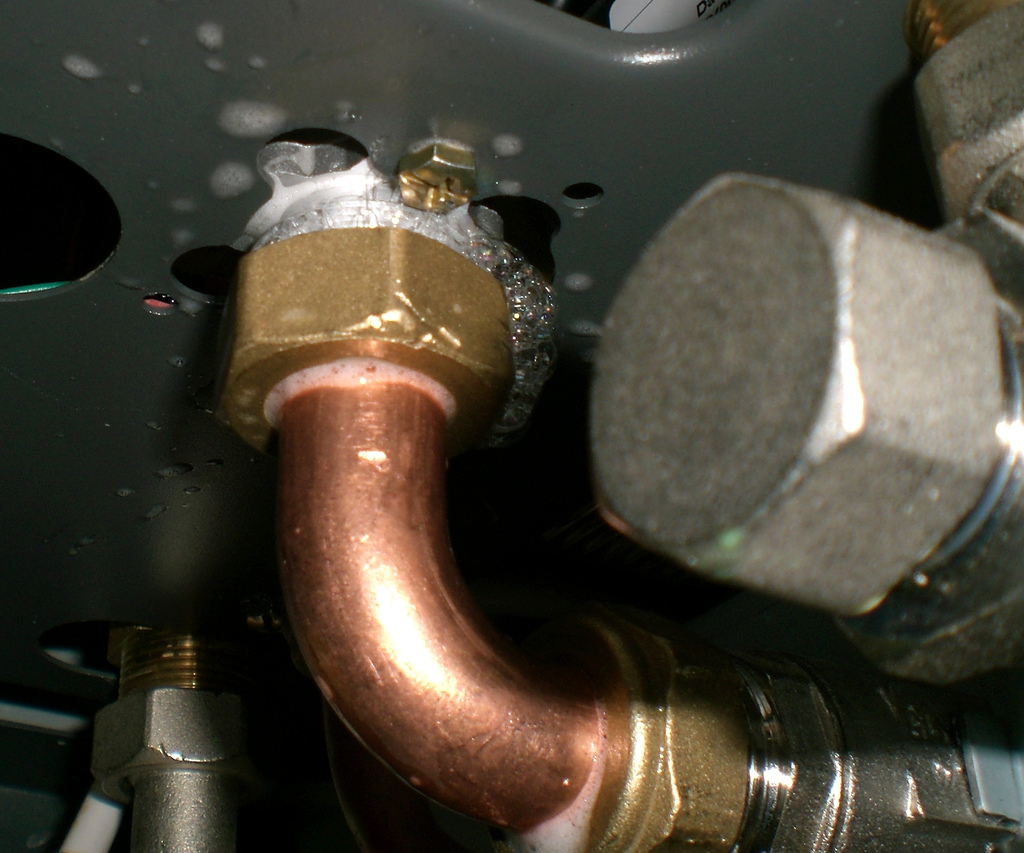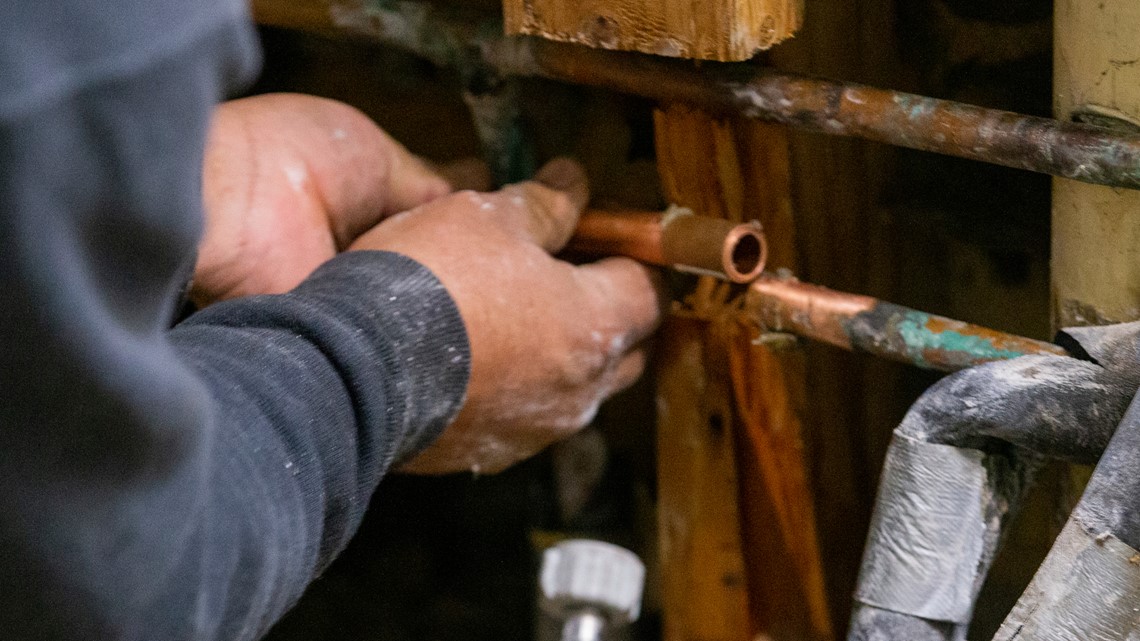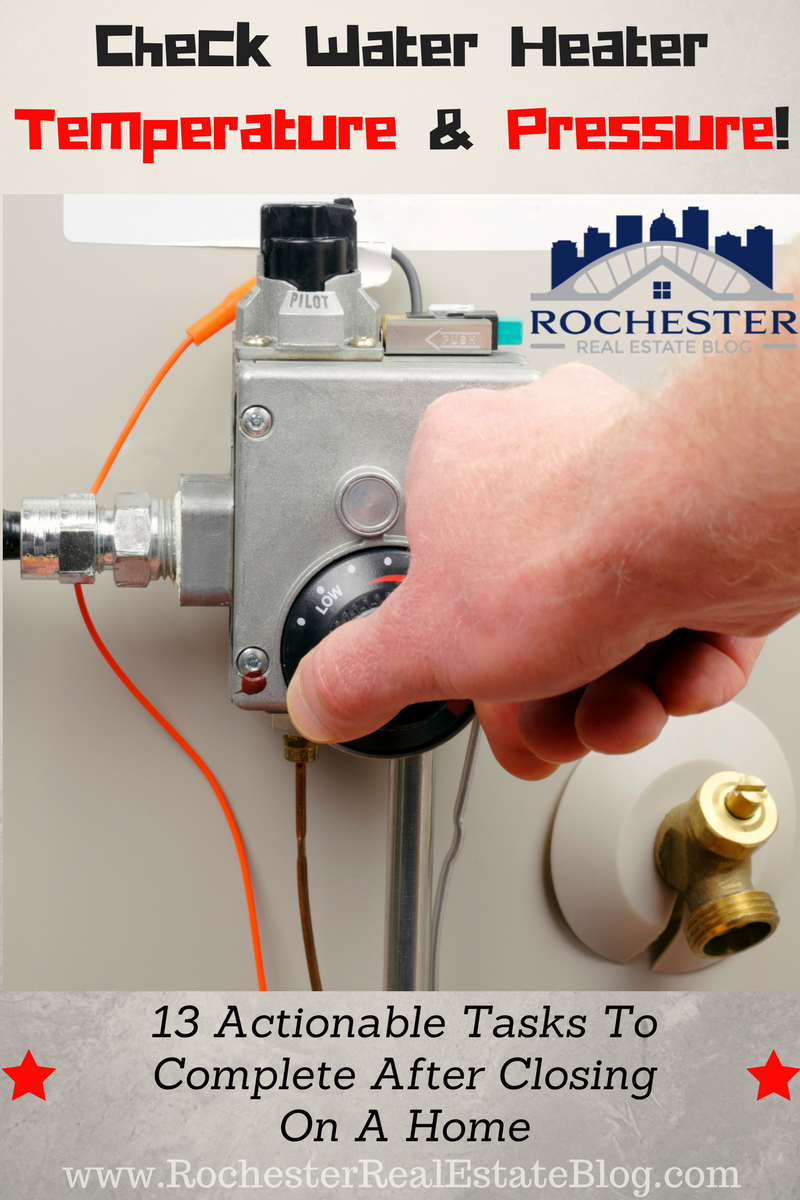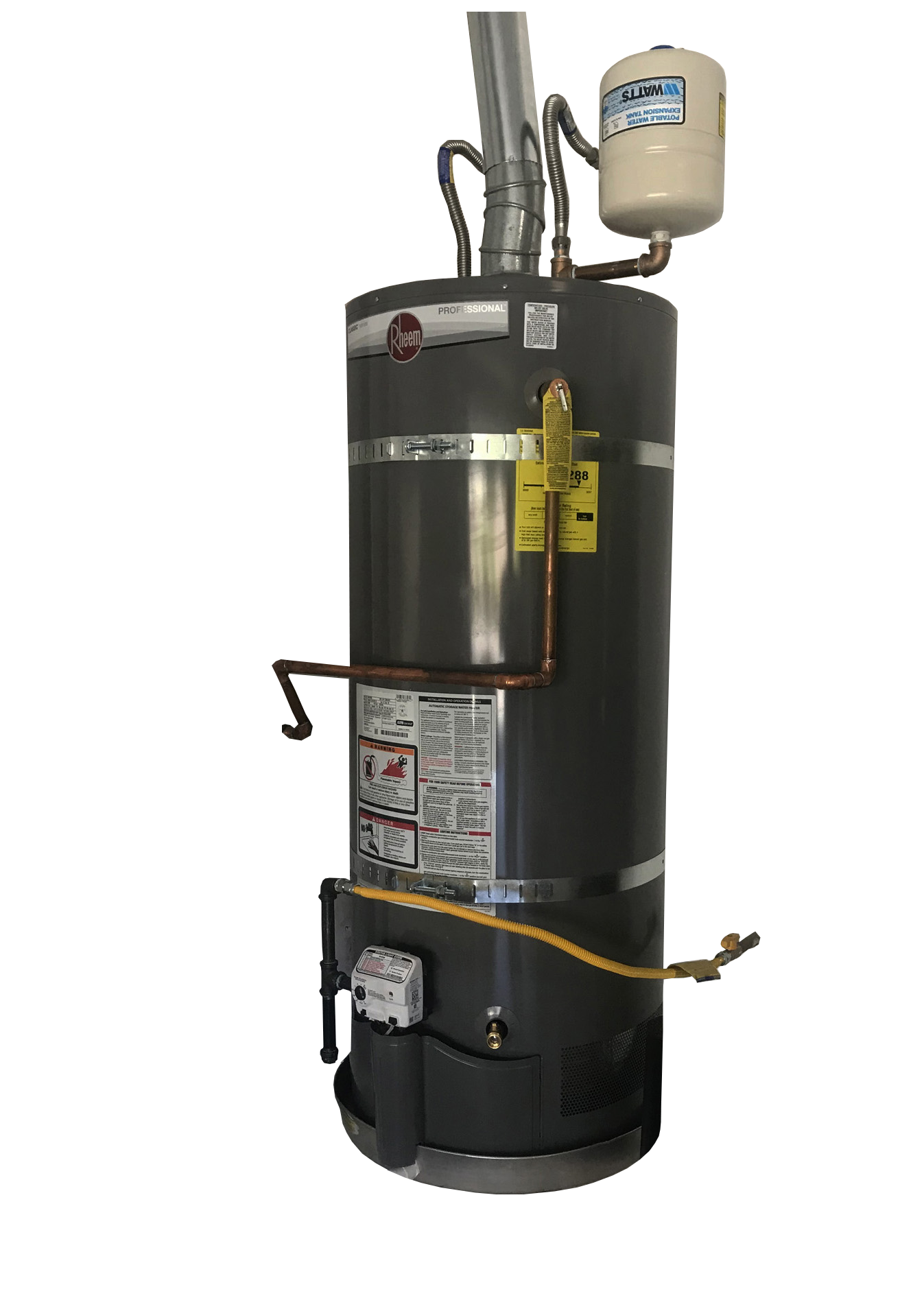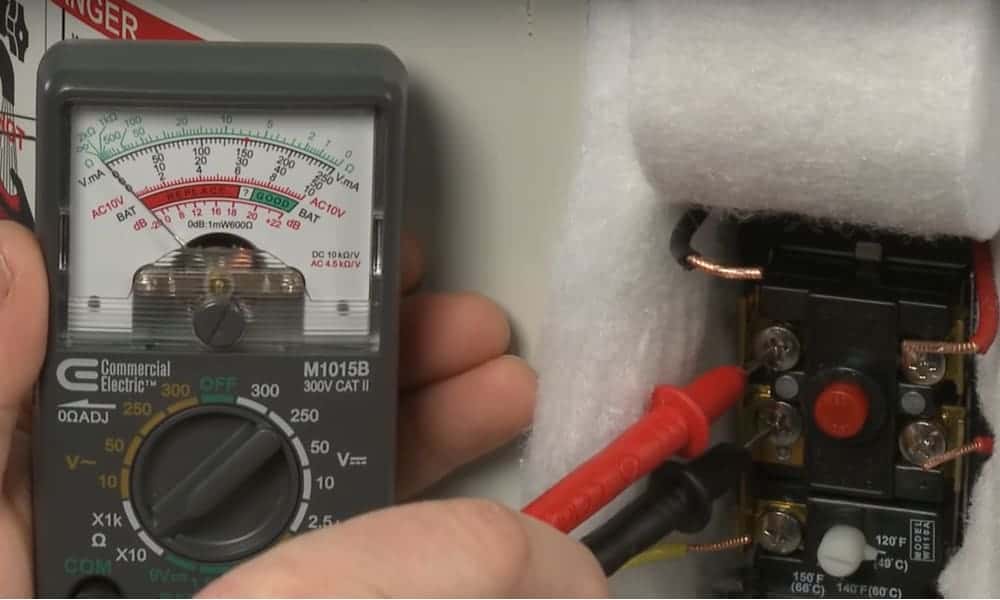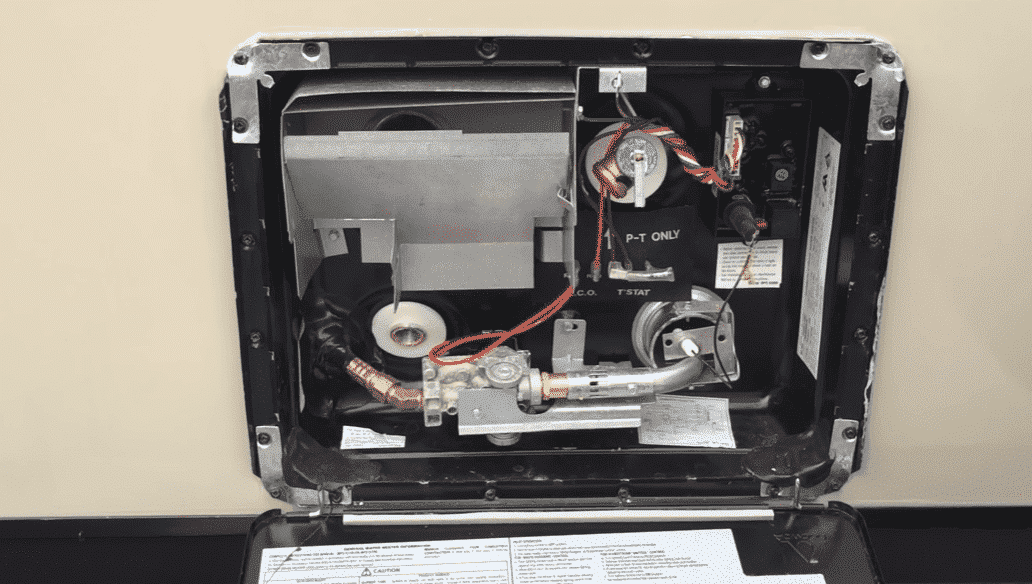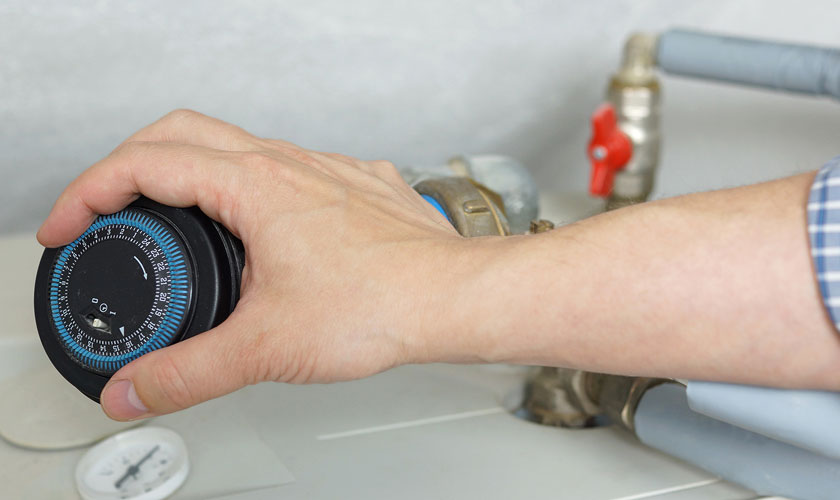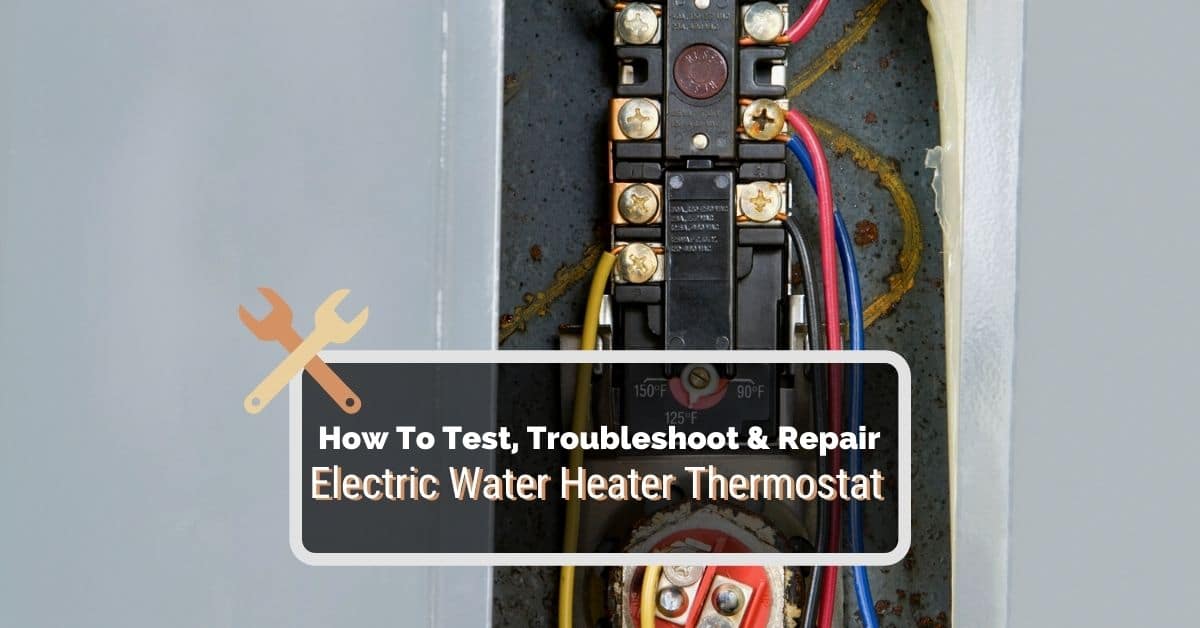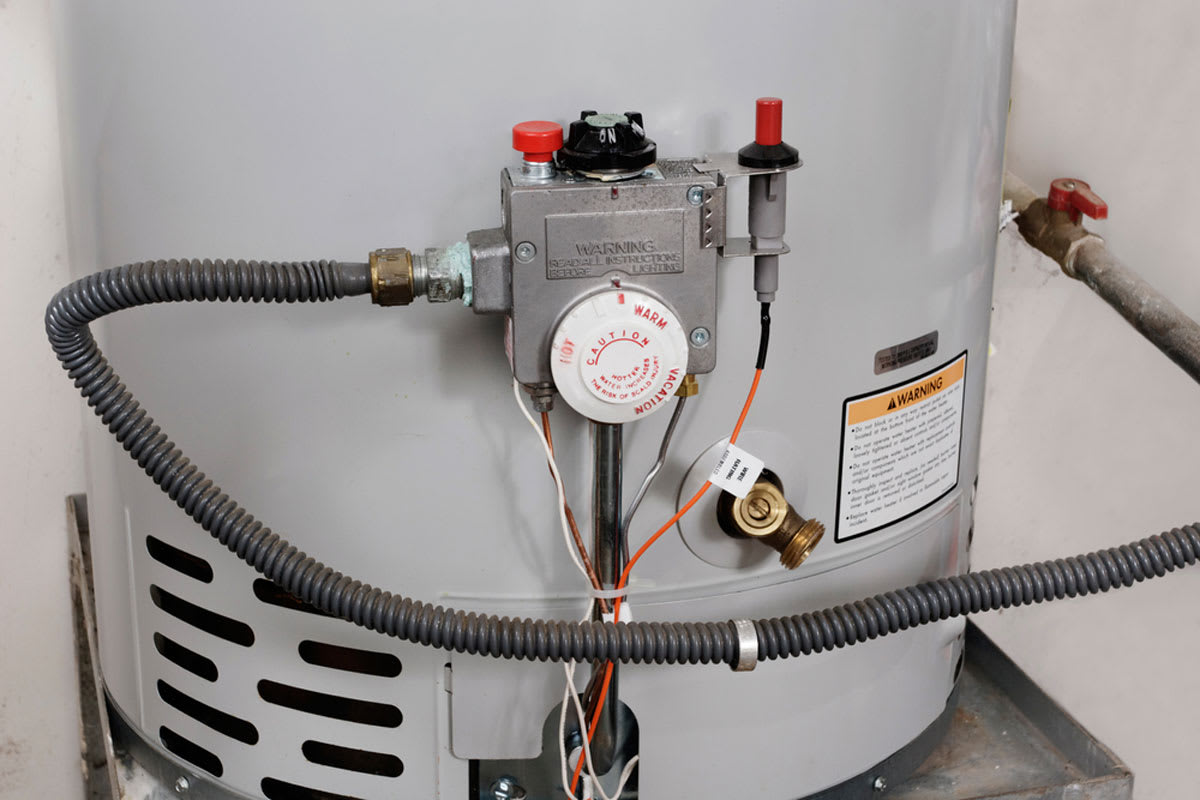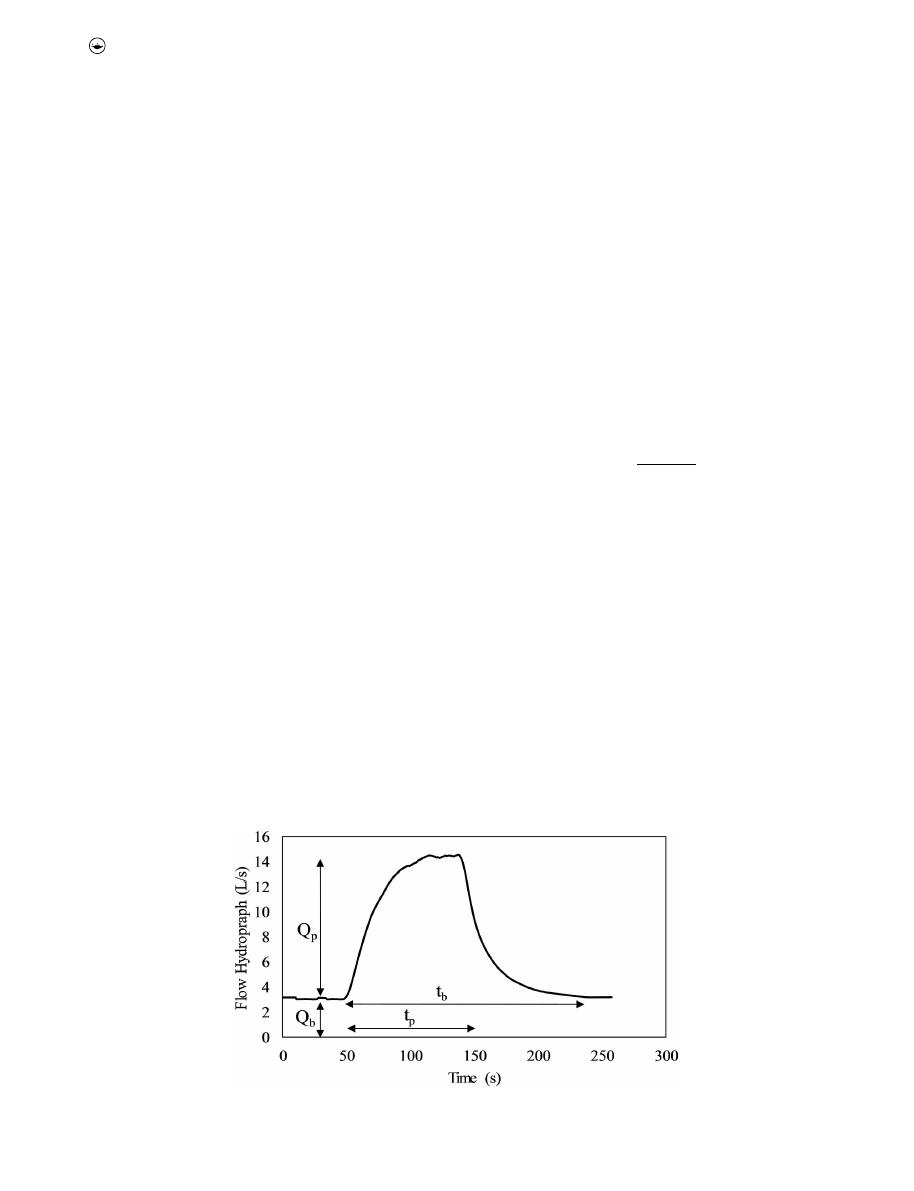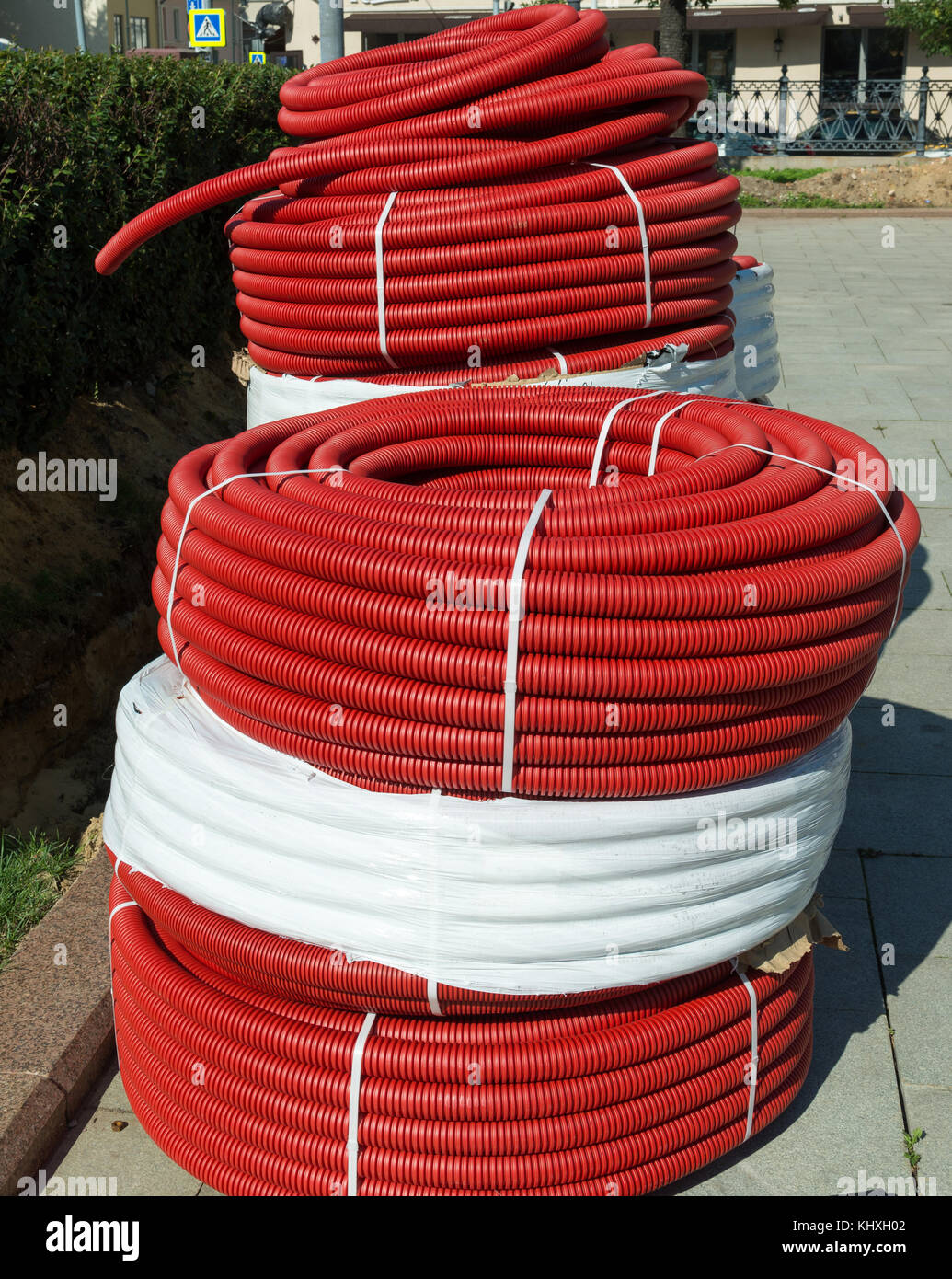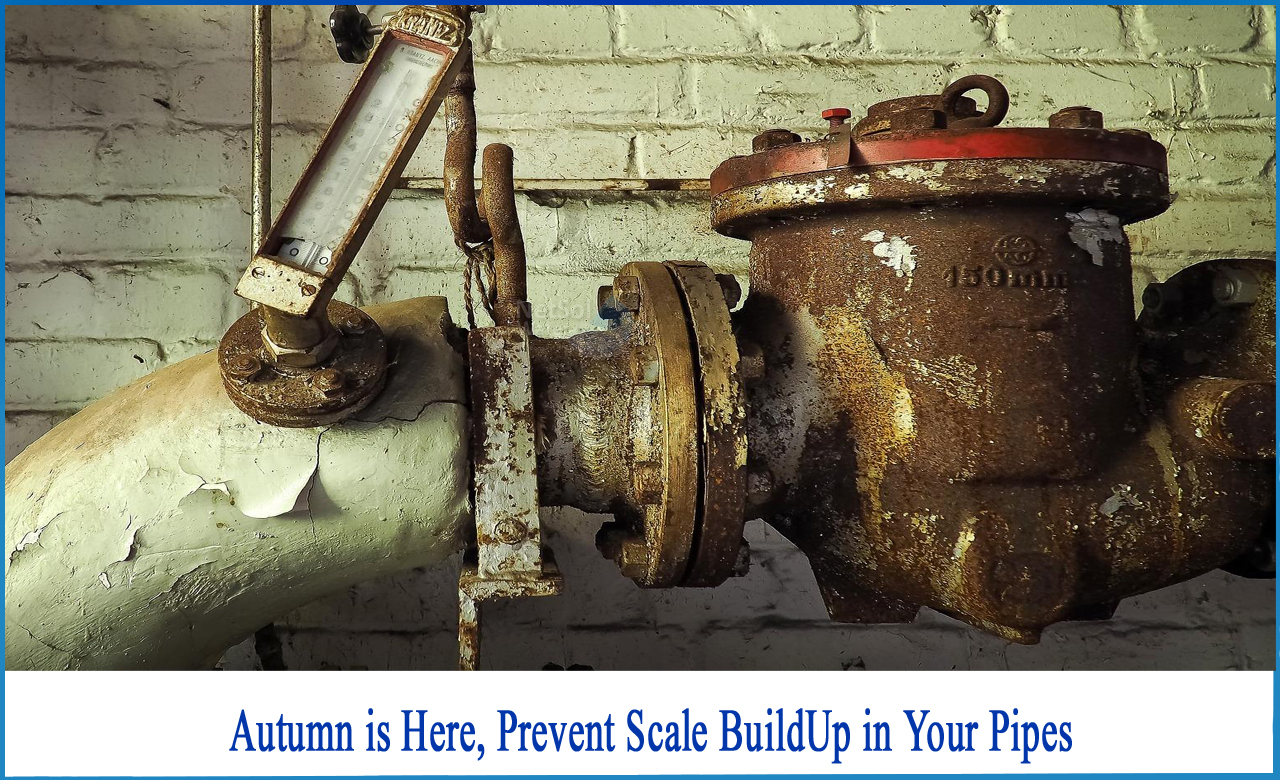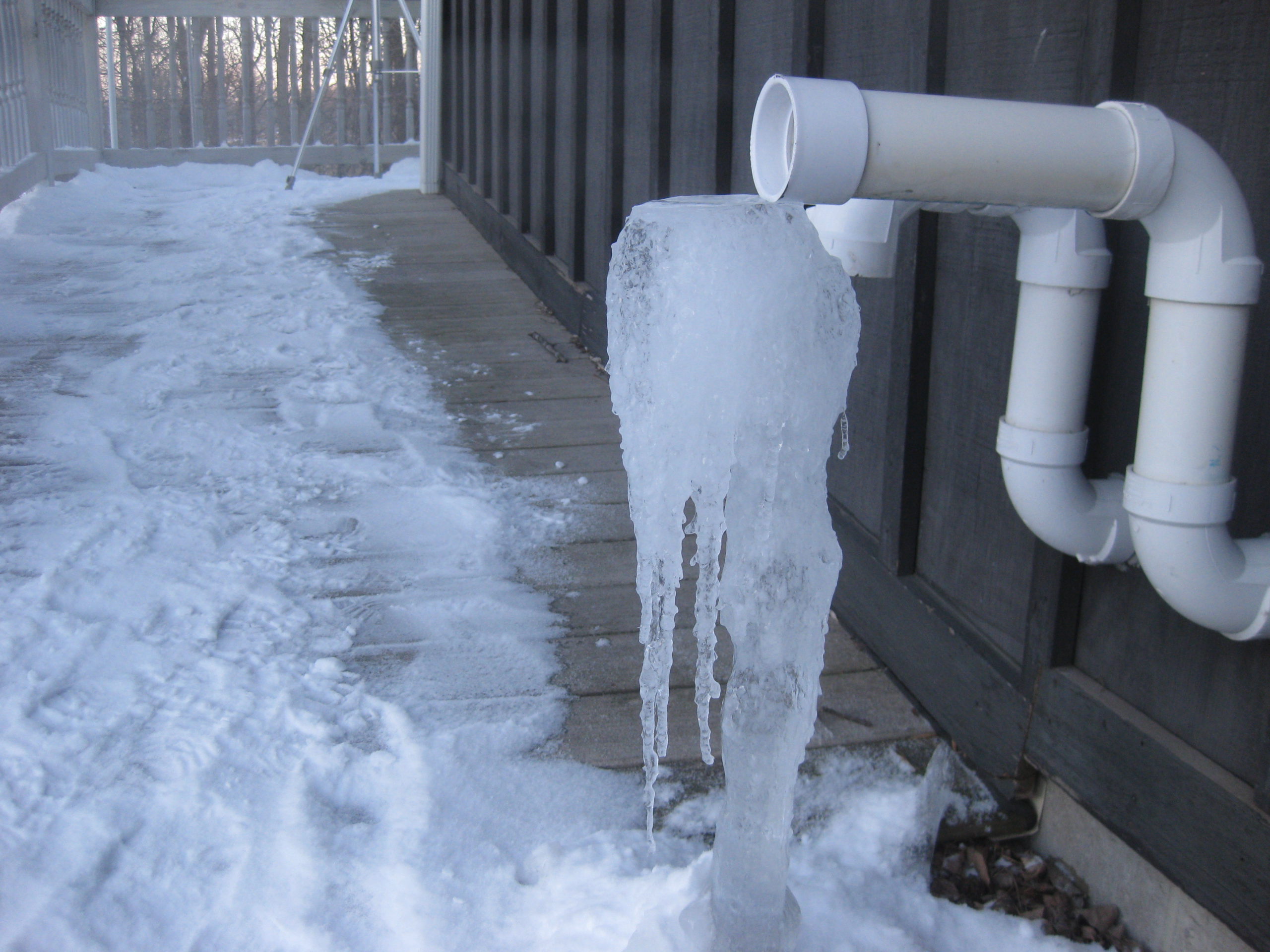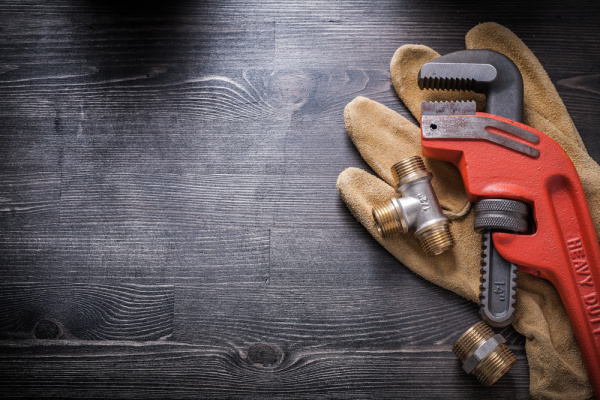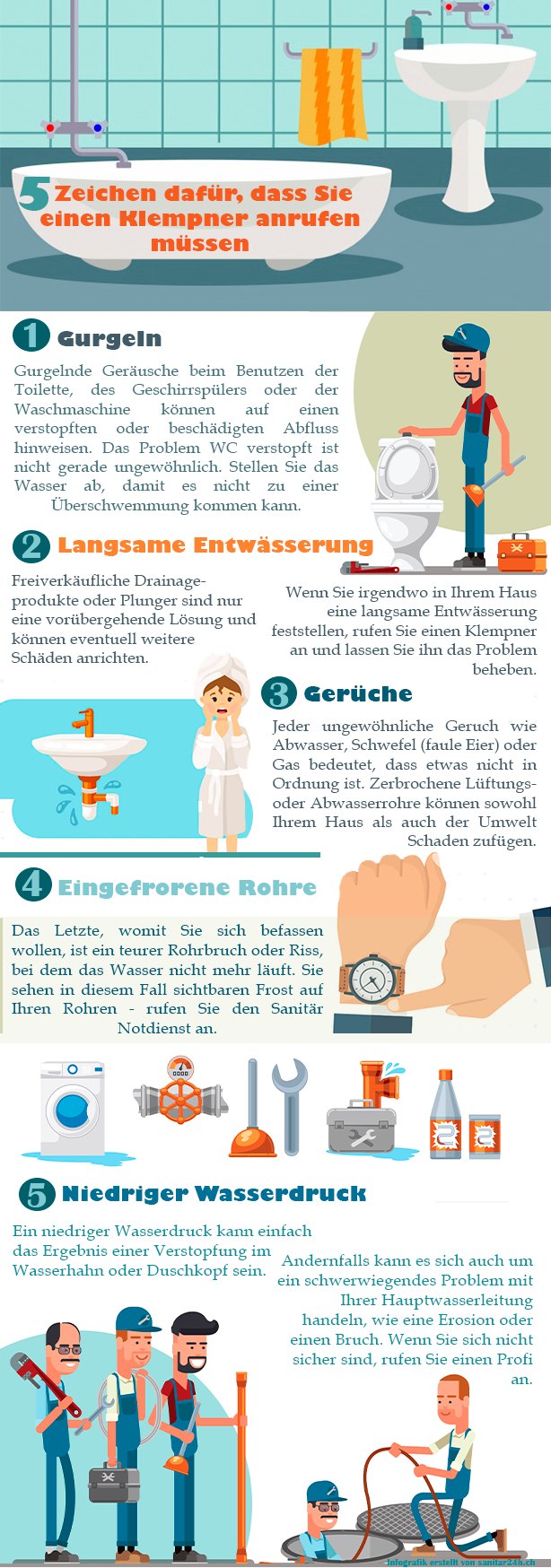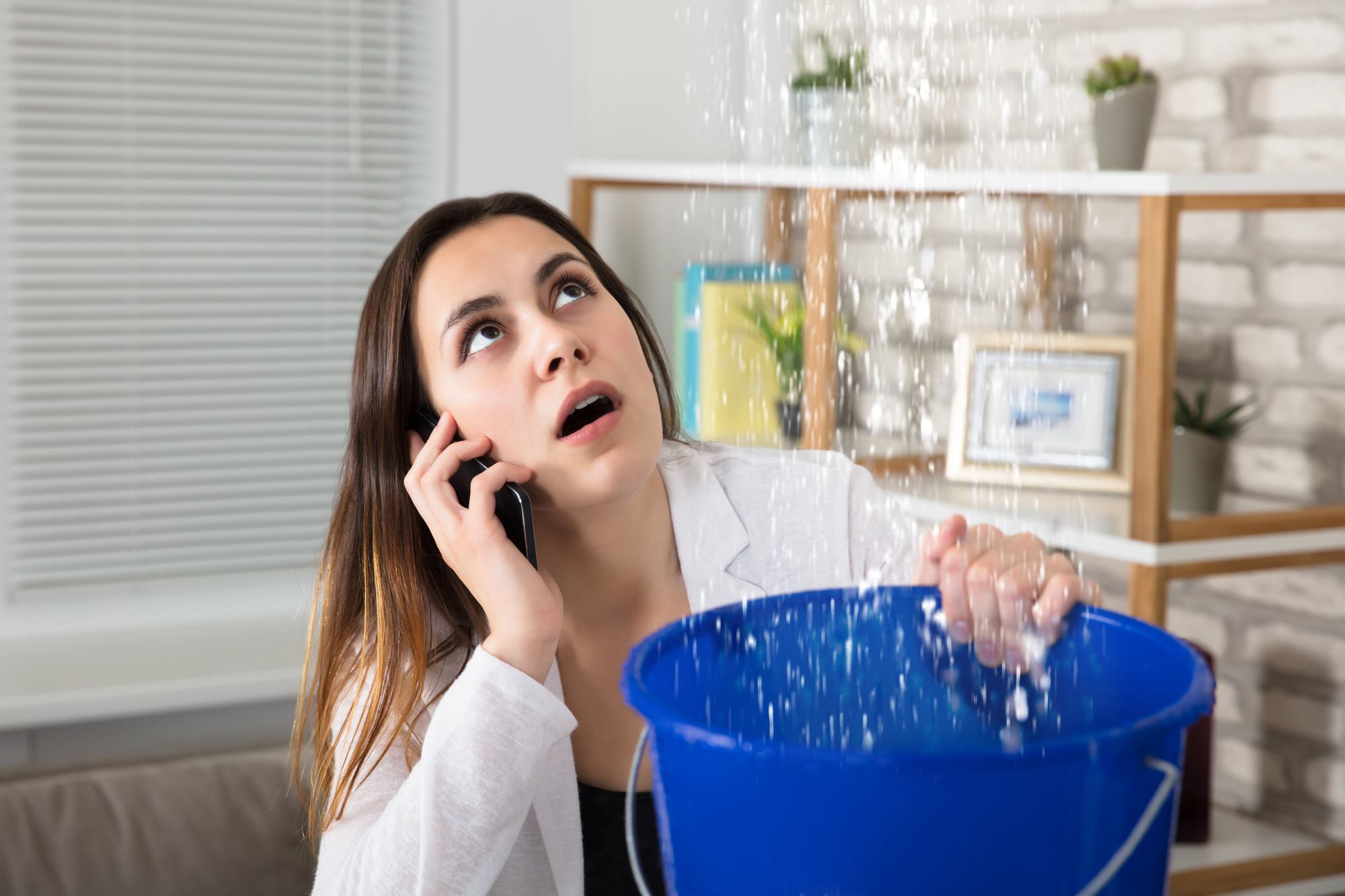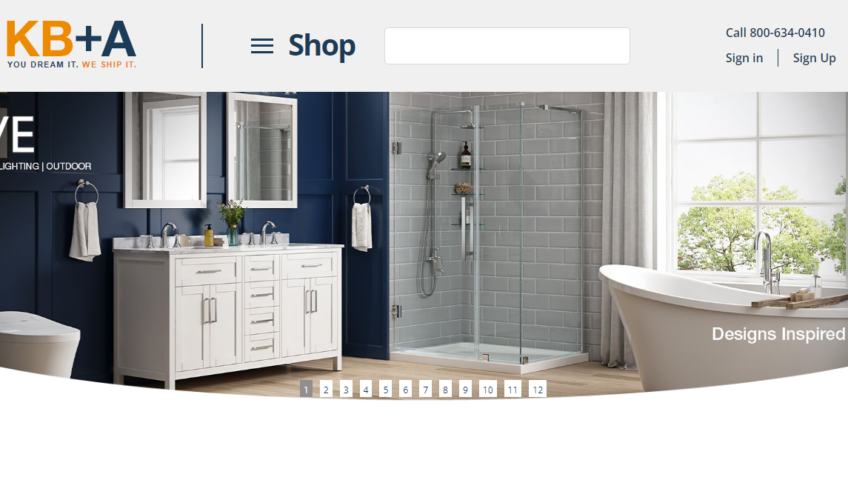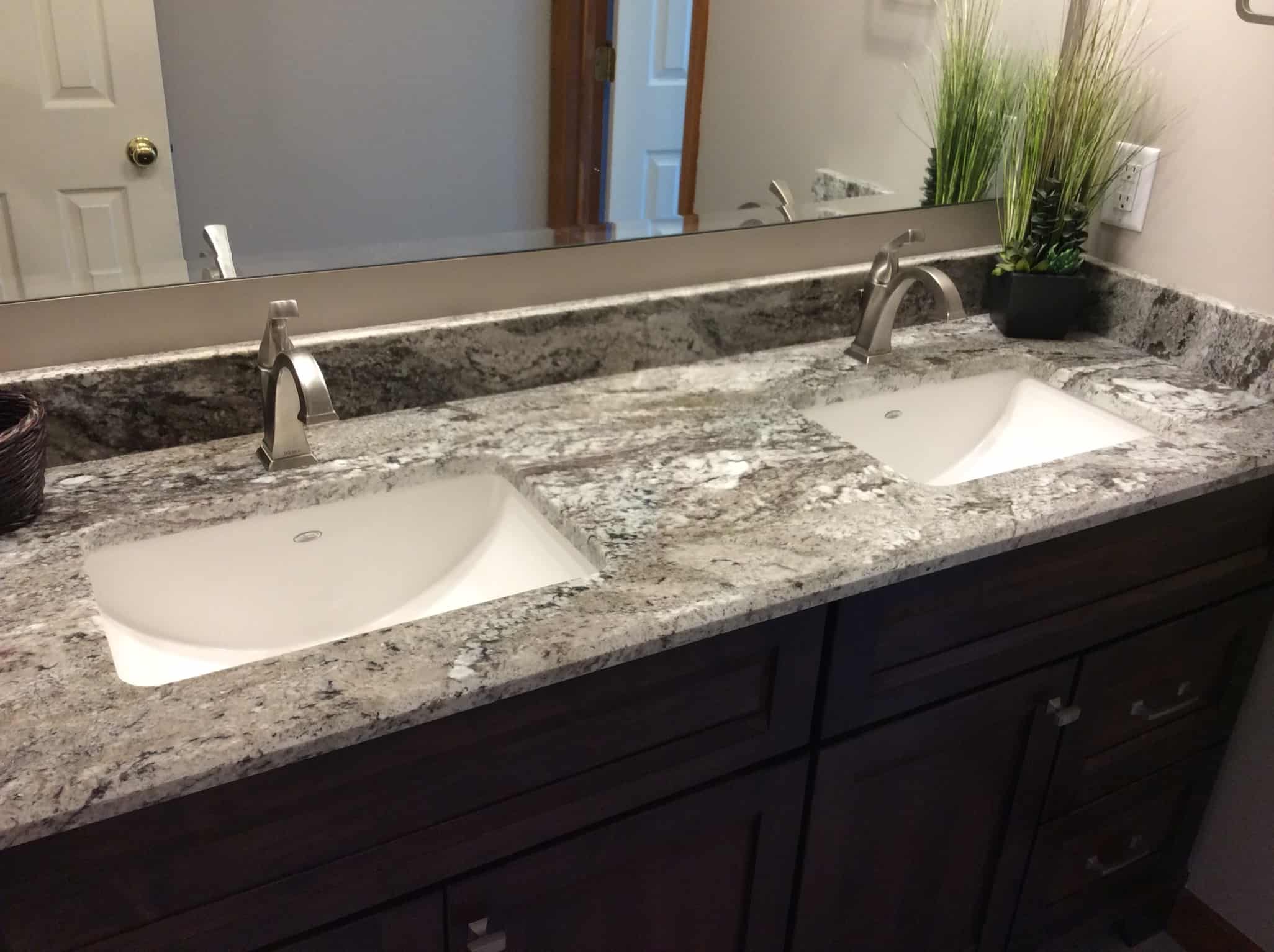If you're experiencing low water pressure in your kitchen sink, the first thing you should check is the aerator. This small mesh screen is located at the end of your faucet and can easily become clogged with debris and mineral buildup. To clean it, simply unscrew the aerator and use a toothbrush or small brush to remove any obstructions. This simple fix can often solve the problem of low water pressure in your kitchen sink.Check the aerator
Another possible cause of low water pressure in your kitchen sink is a partially closed shut-off valve. These valves are usually located under the sink and can accidentally be turned slightly, reducing the flow of water. Make sure the valve is fully open and check for any leaks or damage that may be affecting the pressure.Check the shut-off valves
If your shut-off valves are fully open and you're still experiencing low water pressure, the issue may lie in your water supply line. Over time, these lines can become damaged or clogged, restricting the water flow to your sink. You may need to replace the supply line to restore proper pressure.Check the water supply line
If the aerator is not the issue, there may be a clog in the actual faucet. This can happen if debris or mineral buildup becomes dislodged and gets stuck in the faucet. To check for a clog, remove the faucet head and clean it thoroughly before reattaching it.Check for clogs in the faucet
Clogs can also occur in the pipes leading to your kitchen sink, especially if you have an older plumbing system. If you suspect a clog, you can try using a plunger to clear it. For more stubborn clogs, you may need to call a professional plumber for assistance.Check for clogs in the pipes
Most homes have a water pressure regulator to control the flow of water to the different fixtures in your house. If this regulator is not functioning properly, it can lead to low water pressure in your kitchen sink. You can try adjusting the regulator or have a professional plumber inspect and replace it if necessary.Check the water pressure regulator
Leaky pipes can also contribute to low water pressure in your kitchen sink. Check for any visible leaks or signs of water damage, such as water spots or mold. If you find any issues, it's important to have them repaired as soon as possible to prevent further damage and restore proper water pressure.Check for leaks in the pipes
If your kitchen sink is the only fixture with low water pressure, the issue may be with your water heater. If the temperature on your water heater is set too low, it can affect the flow of hot water to your sink. Check the temperature settings and adjust accordingly.Check the water heater
Over time, sediment and mineral buildup can accumulate in your pipes, causing blockages and low water pressure. If you have hard water, this can be a common issue. To remove sediment buildup, you can try flushing your pipes with a mixture of vinegar and water or call a professional plumber for assistance.Check for sediment buildup in the pipes
If none of these DIY solutions solve the problem of low water pressure in your kitchen sink, it's best to call a professional plumber for assistance. They have the knowledge and tools to properly diagnose and fix any issues with your plumbing system, restoring proper water pressure to your kitchen sink.Call a plumber for professional assistance
The Importance of Addressing Low Water Pressure in the Kitchen Sink
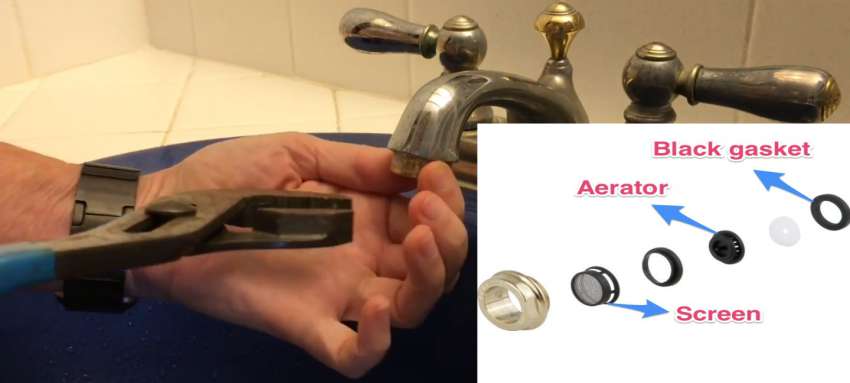
Potential Causes of Low Water Pressure
 If you've noticed that the water pressure in your kitchen sink is lower than usual, you're not alone. This is a common problem that many homeowners face, and it can be quite frustrating. But before you can fix the issue, you need to determine the cause. There are several potential reasons for low water pressure in the kitchen sink, including a clogged aerator, a faulty pressure regulator, or even a leak in the pipes. It's important to identify the root cause so that you can take the appropriate steps to fix it.
If you've noticed that the water pressure in your kitchen sink is lower than usual, you're not alone. This is a common problem that many homeowners face, and it can be quite frustrating. But before you can fix the issue, you need to determine the cause. There are several potential reasons for low water pressure in the kitchen sink, including a clogged aerator, a faulty pressure regulator, or even a leak in the pipes. It's important to identify the root cause so that you can take the appropriate steps to fix it.
The Impact of Low Water Pressure
 Low water pressure in the kitchen sink may not seem like a major issue, but it can have a significant impact on your daily routine. Cooking, cleaning, and even washing your hands can become a time-consuming and frustrating task with inadequate water pressure. Beyond the inconvenience, low water pressure can also indicate larger problems within your home's plumbing system. Ignoring the issue could result in more serious and costly repairs down the line.
Low water pressure in the kitchen sink may not seem like a major issue, but it can have a significant impact on your daily routine. Cooking, cleaning, and even washing your hands can become a time-consuming and frustrating task with inadequate water pressure. Beyond the inconvenience, low water pressure can also indicate larger problems within your home's plumbing system. Ignoring the issue could result in more serious and costly repairs down the line.
Solutions for Low Water Pressure in the Kitchen Sink
 Fortunately, there are several solutions for addressing low water pressure in the kitchen sink. For simple causes such as a clogged aerator, you can easily clean or replace it yourself. However, more complex issues may require the help of a professional plumber. They can diagnose and fix the problem, whether it's a faulty pressure regulator or a leak in the pipes. It's important to address low water pressure promptly to avoid further complications and ensure your home's plumbing system is functioning properly.
In conclusion,
low water pressure in the kitchen sink is a common and frustrating issue that can have a significant impact on your daily routine. It's important to identify the cause and take the necessary steps to fix it, whether it's a simple DIY solution or the help of a professional plumber. Don't ignore the problem, as it could indicate larger issues within your home's plumbing system. Addressing low water pressure in a timely manner will ensure your kitchen sink is functioning properly and make your daily tasks much more efficient and enjoyable.
Fortunately, there are several solutions for addressing low water pressure in the kitchen sink. For simple causes such as a clogged aerator, you can easily clean or replace it yourself. However, more complex issues may require the help of a professional plumber. They can diagnose and fix the problem, whether it's a faulty pressure regulator or a leak in the pipes. It's important to address low water pressure promptly to avoid further complications and ensure your home's plumbing system is functioning properly.
In conclusion,
low water pressure in the kitchen sink is a common and frustrating issue that can have a significant impact on your daily routine. It's important to identify the cause and take the necessary steps to fix it, whether it's a simple DIY solution or the help of a professional plumber. Don't ignore the problem, as it could indicate larger issues within your home's plumbing system. Addressing low water pressure in a timely manner will ensure your kitchen sink is functioning properly and make your daily tasks much more efficient and enjoyable.










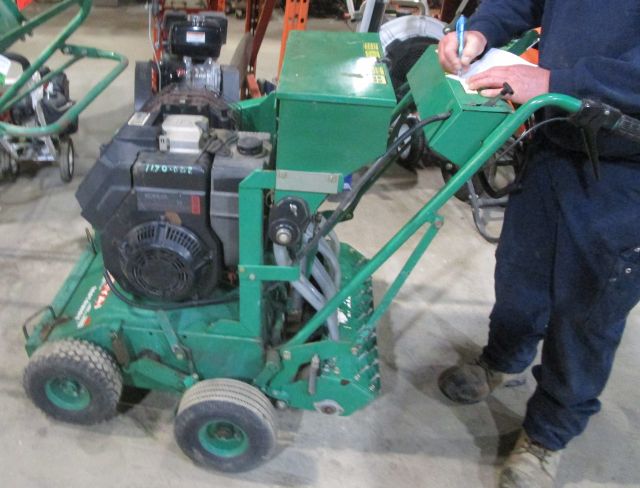
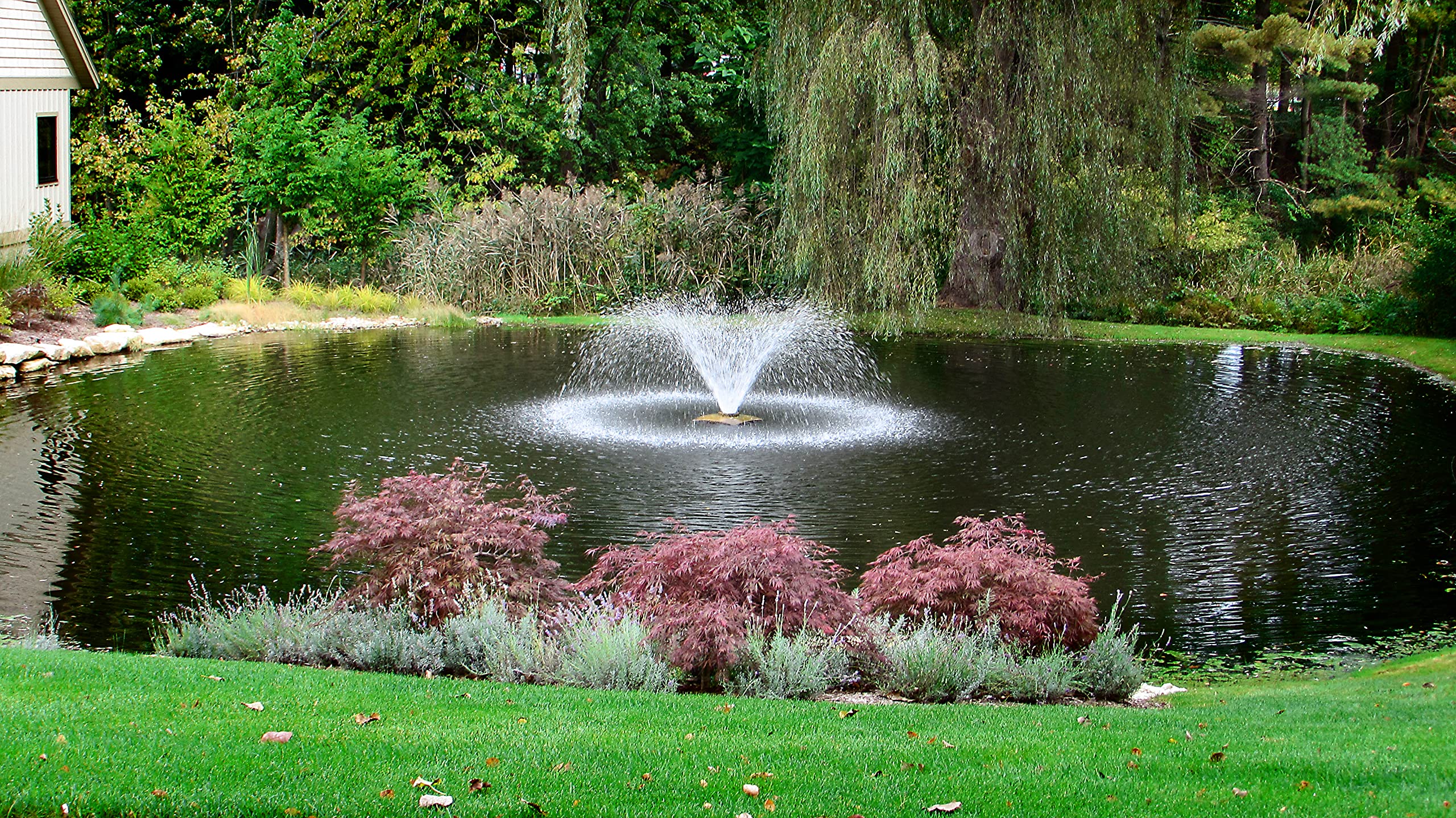
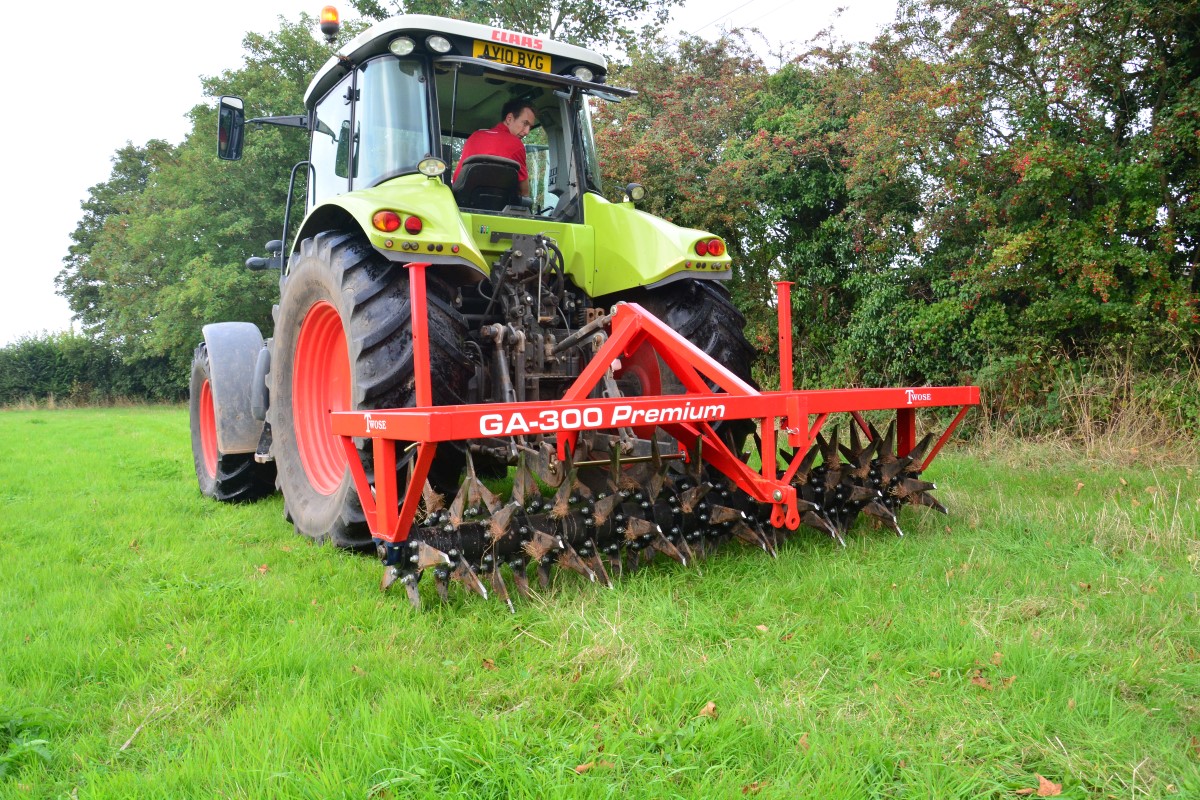

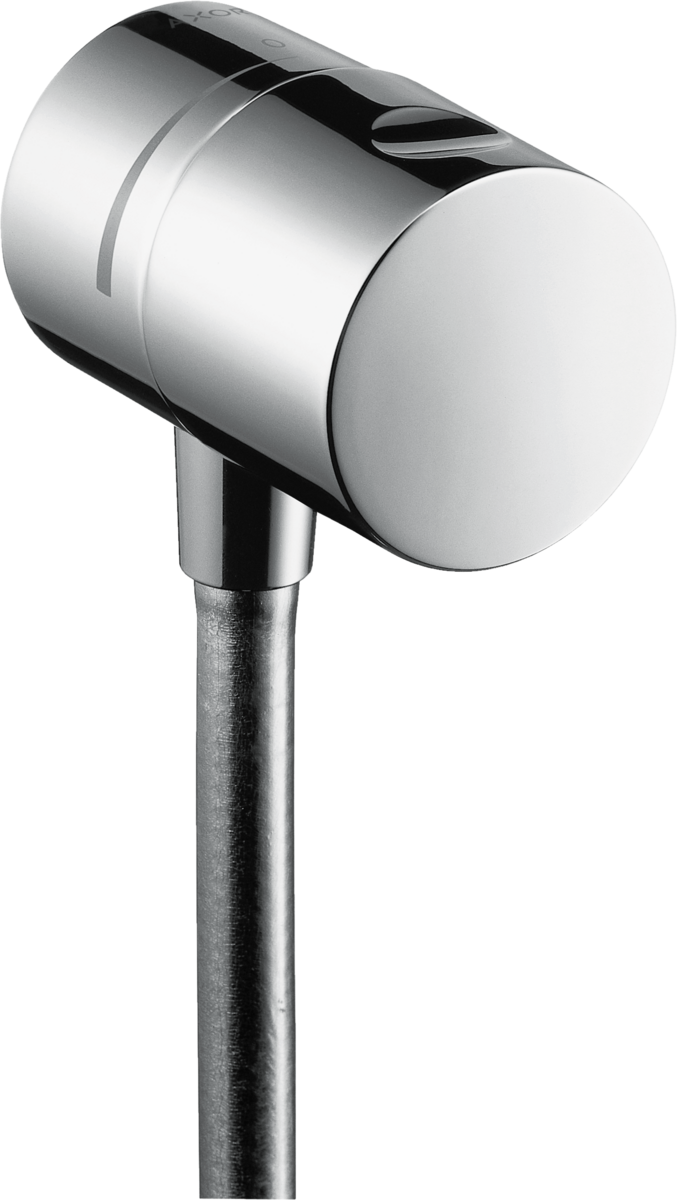

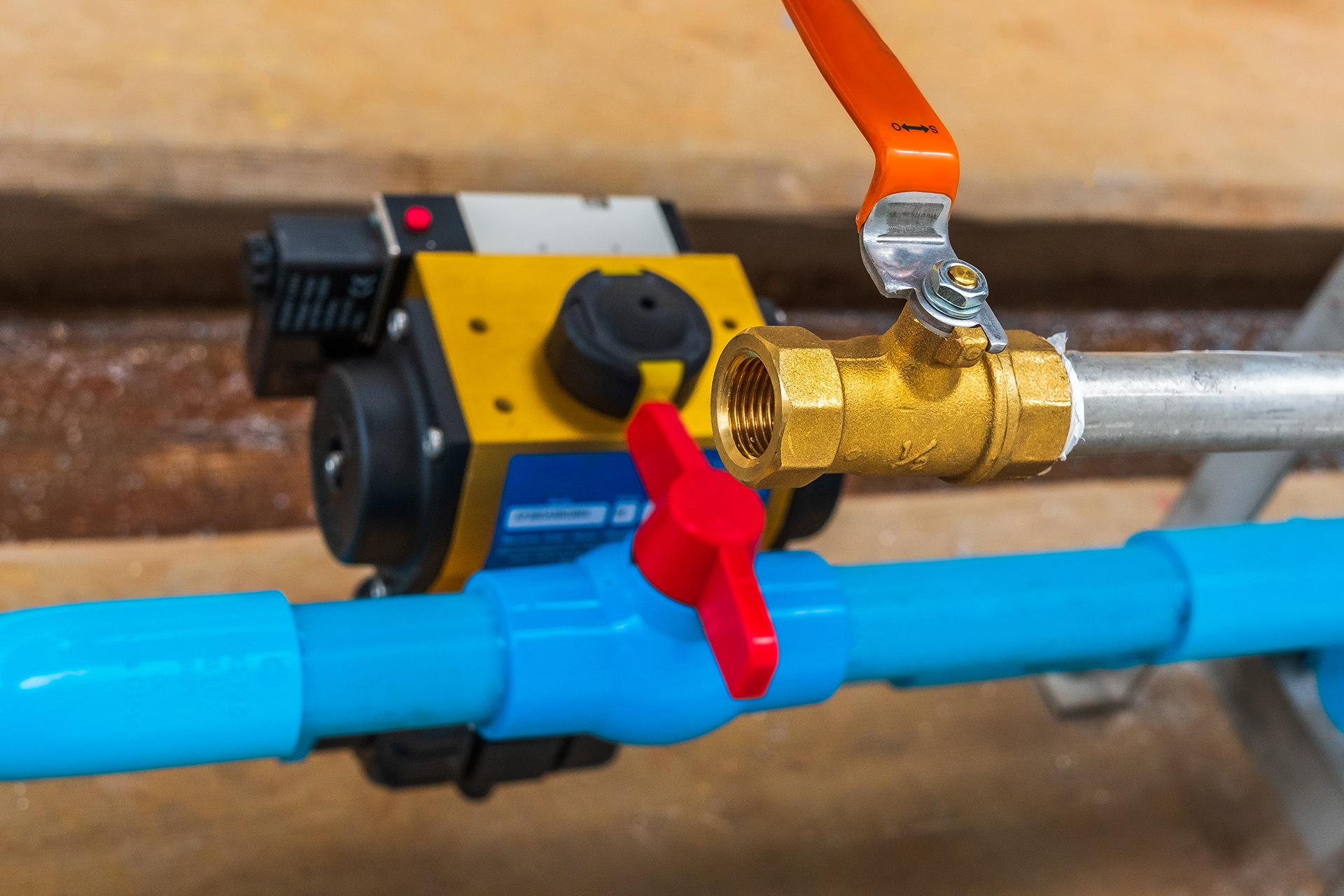
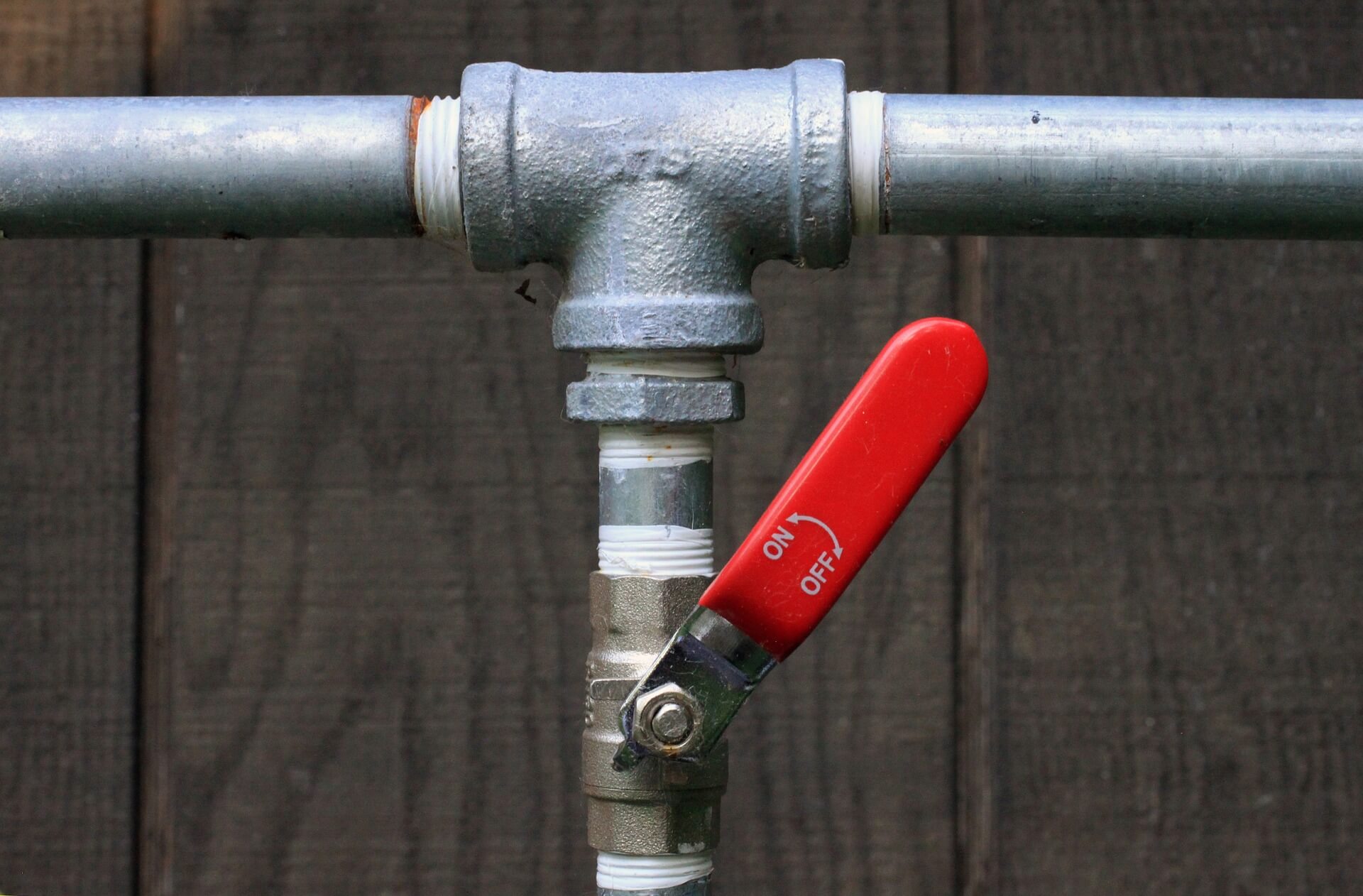

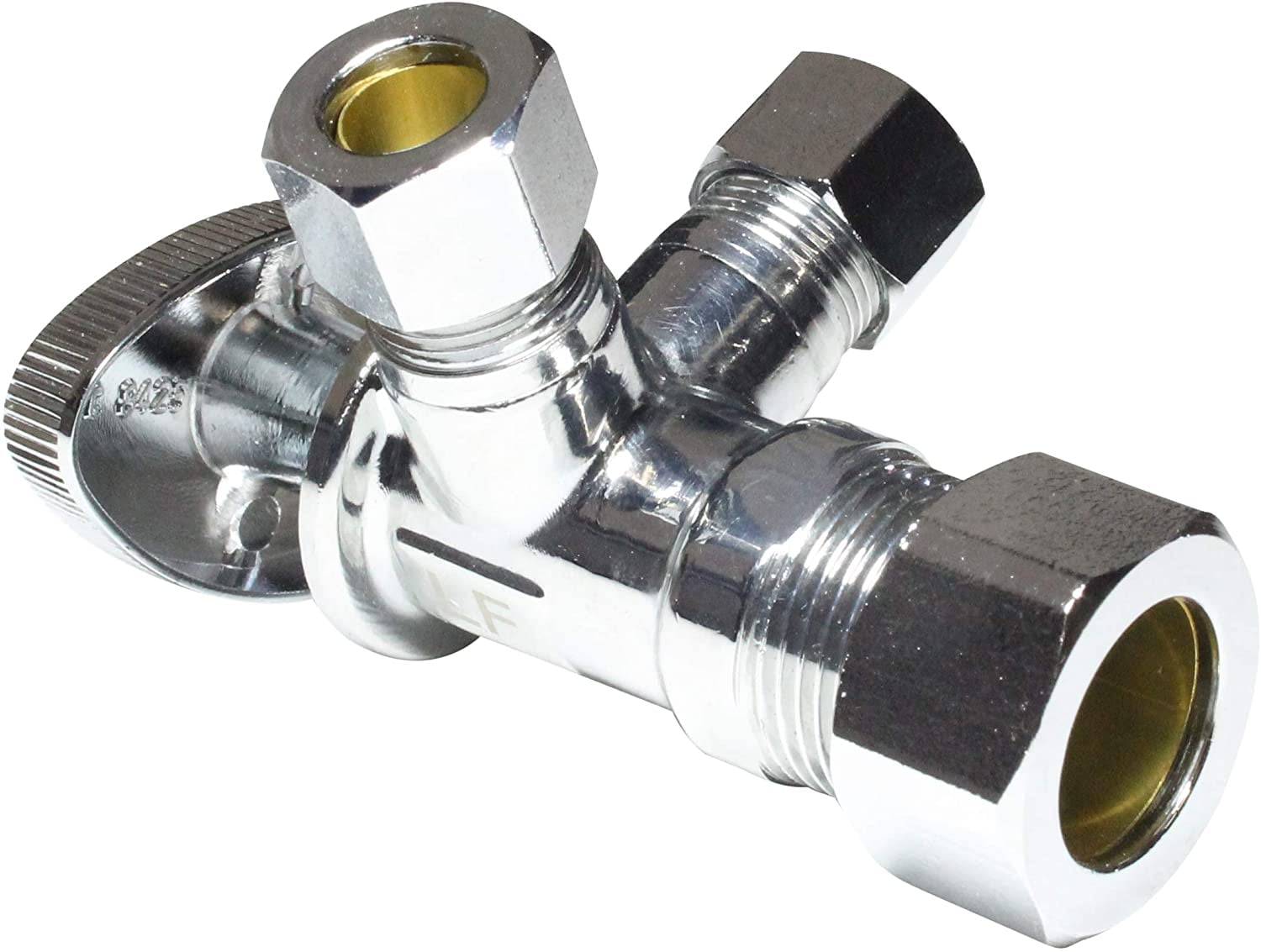









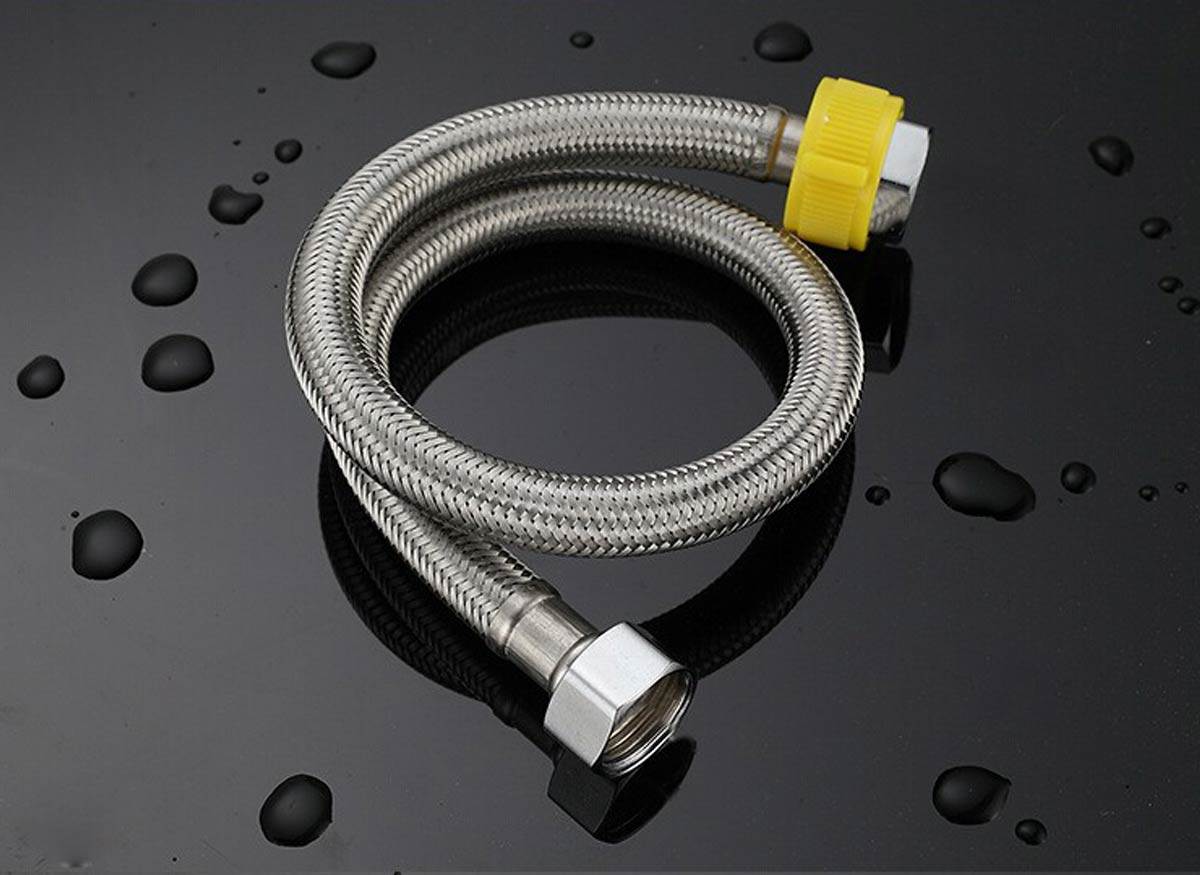



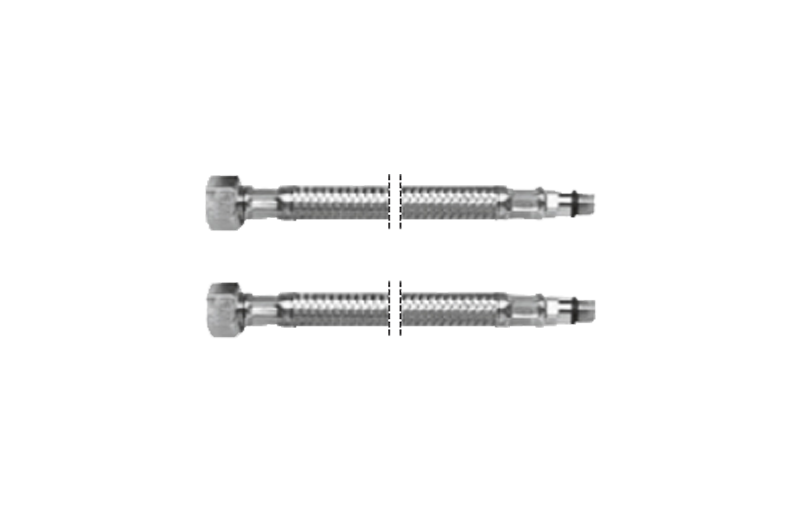
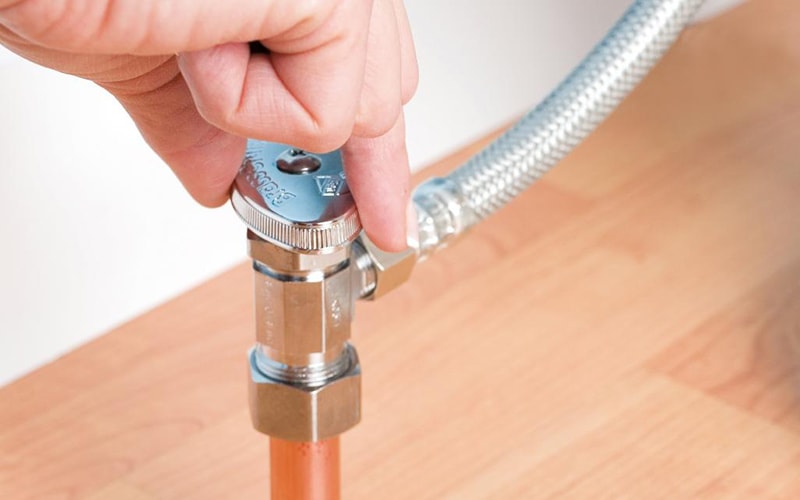
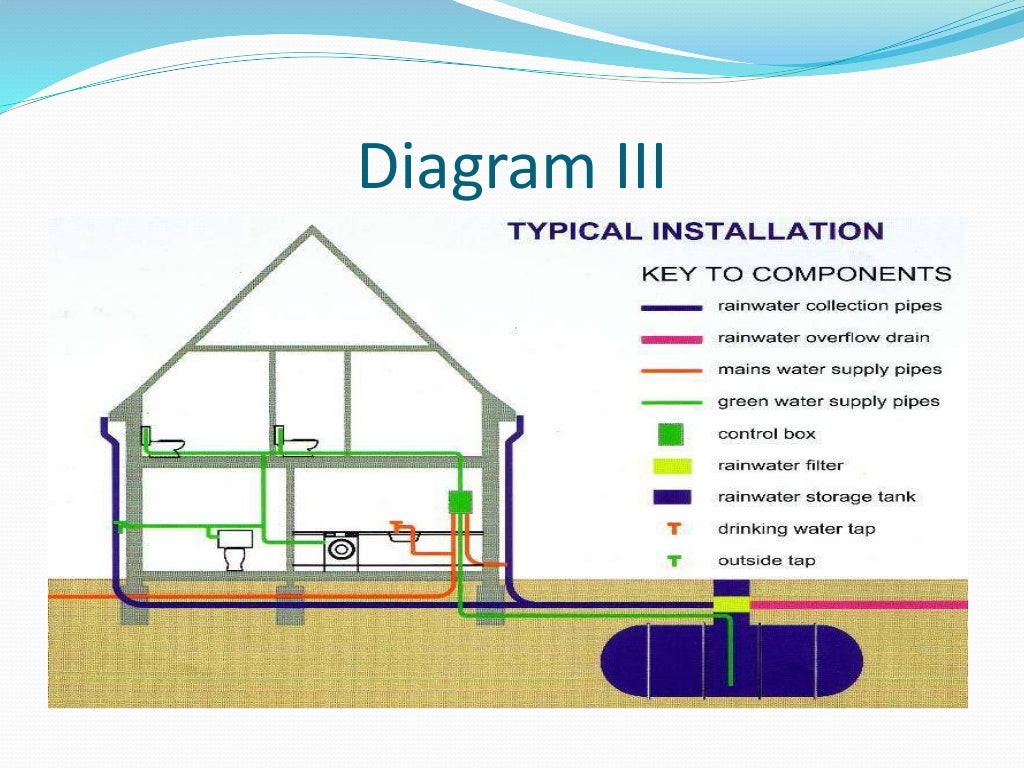

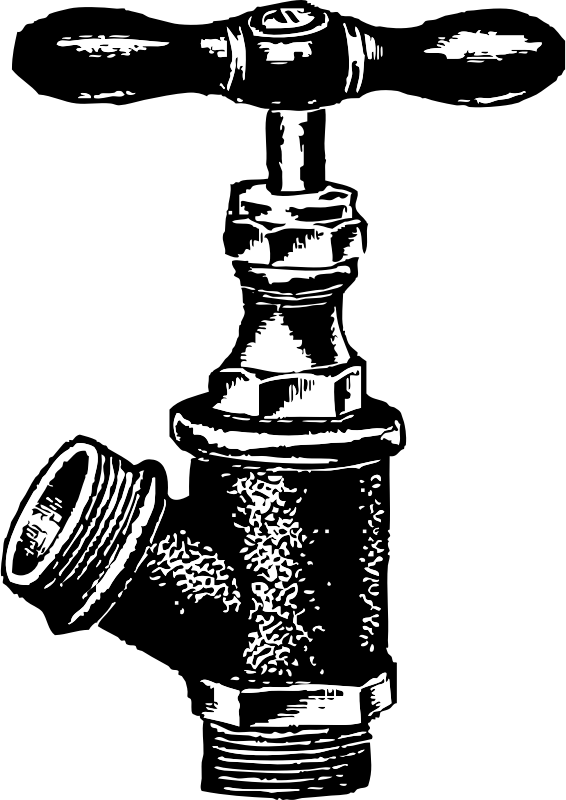




















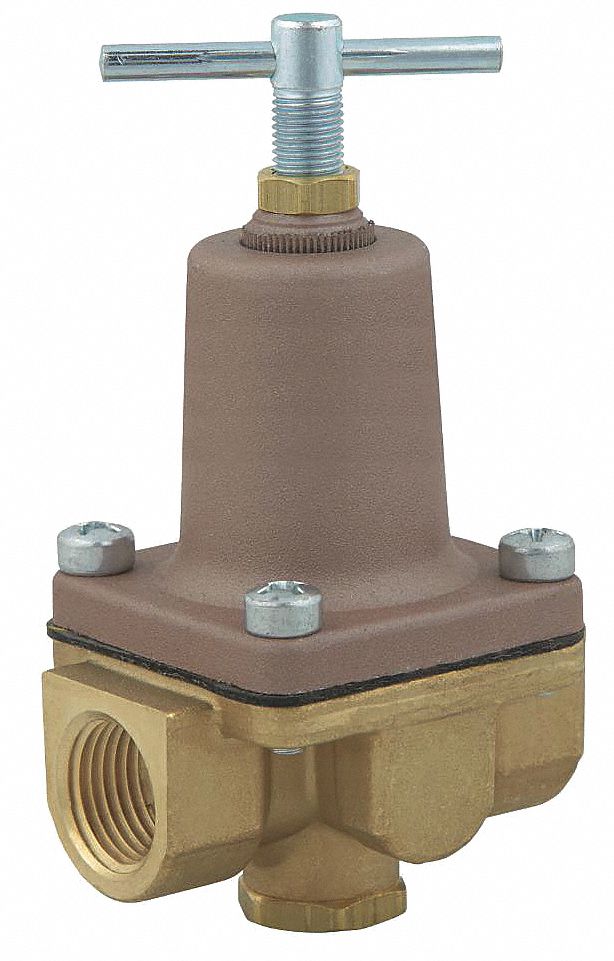
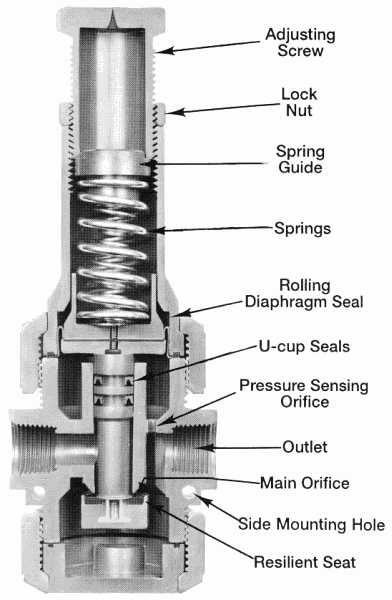
:max_bytes(150000):strip_icc()/the-men-s-hand-opens-the-ball-valve-on-the-collector-1006810456-5c5fc73fc9e77c000159c4af.jpg)










